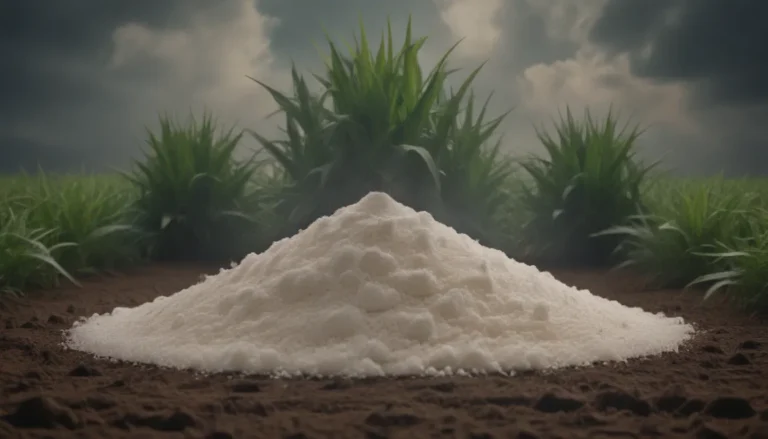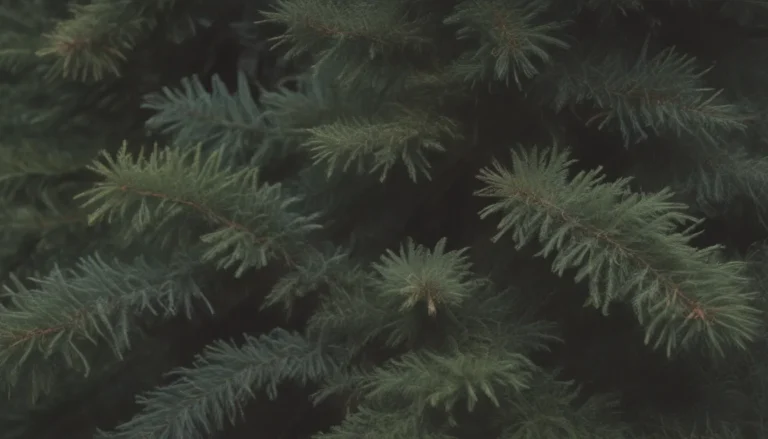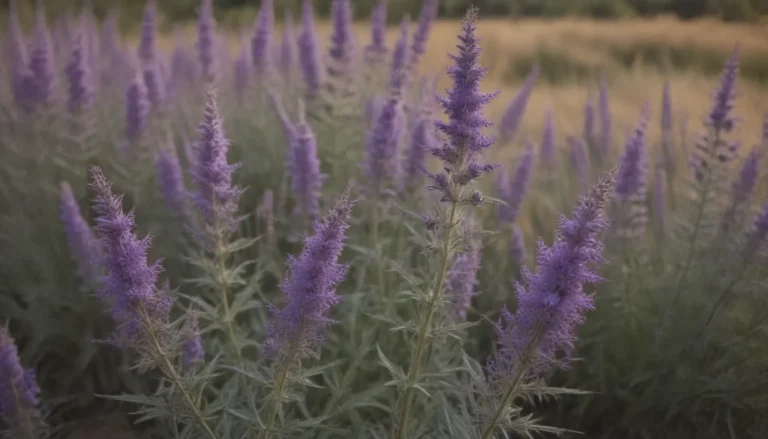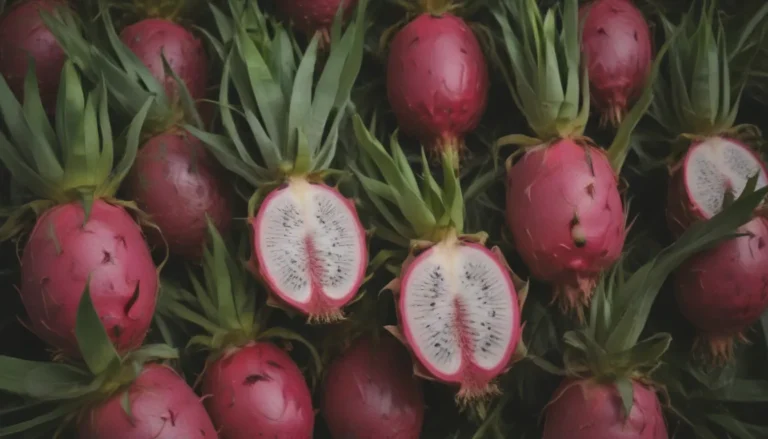Complete Guide to Growing and Caring for Oregon Grape
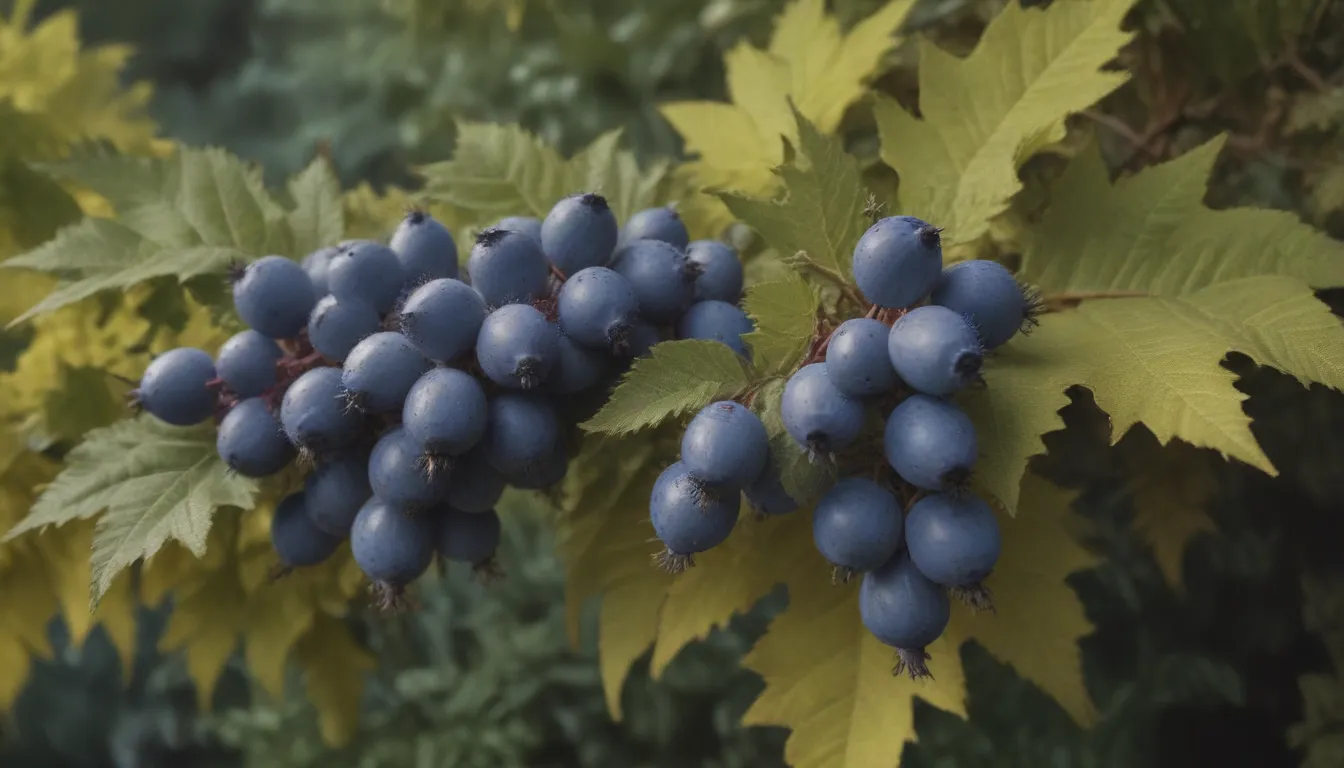
Are you looking to add a touch of color and beauty to your garden throughout all four seasons? Consider planting Oregon grape, a broadleaf evergreen shrub that is not only visually stunning but also a versatile plant that requires minimal maintenance. Whether you are a novice gardener or a seasoned pro, Oregon grape is a fantastic addition to any landscape. In this comprehensive guide, we will explore everything you need to know about growing and caring for Oregon grape, from planting to pruning and everything in between.
Introduction to Oregon Grape
Oregon grape, also known as Berberis aquifolium, is the state flower of Oregon and is native to western North America. This shrub boasts green and burgundy foliage, bright yellow flowers, and purplish-blue fruit, providing visual interest throughout the year. Oregon grape thrives in light shade, well-draining soil, and temperate conditions, making it a suitable plant for a wide range of garden settings.
Oregon Grape Care Requirements
To ensure your Oregon grape thrives and flourishes, it is essential to provide the right care and maintenance. Here are the key care requirements for growing Oregon grape:
Light
While Oregon grape can tolerate various light conditions, it thrives best in partial shade. Consider planting it in a location that receives dappled sunlight throughout the day for optimal growth.
Soil
Oregon grape prefers moist soil with good drainage. It thrives in acidic to neutral soil, so be sure to test the pH of your soil before planting. Avoid planting Oregon grape in alkaline soil, as it can negatively impact the plant’s health.
Water
Water your Oregon grape regularly to keep the soil moist. Aim to water around the base of the plant once a week, adjusting based on the weather conditions and soil moisture levels.
Temperature and Humidity
Oregon grape is suited for USDA Zones 5-9 and is best grown in partial shade. Protect the plant from strong winds to prevent foliage drying out in winter. Consider planting Oregon grape in a sheltered location to ensure its continued health.
Fertilizer
Use a multi-purpose 10-10-10 fertilizer to provide the necessary nutrients for your Oregon grape. Apply the fertilizer according to the manufacturer’s instructions to promote healthy growth and vibrant foliage.
Types of Oregon Grape
There are several plants and cultivars similar to Berberis aquifolium that are commonly referred to as Oregon grape. These include:
- Mahonia nervosa ‘Cascade’
- Mahonia repens ‘Creeping Oregon Grape’
- Berberis nervosa ‘Cascade’
- Berberis repens ‘Creeping Oregon Grape’
- Berberis aquifolium ‘Orange Flame’
Each of these varieties offers unique characteristics and can be a great addition to your garden landscape.
Pruning Your Oregon Grape
Oregon grape has a tendency to form suckers, which can be controlled through pruning. While the plant is generally tolerant of pruning, it is best to avoid excessive cutting. Prune your Oregon grape in spring once it has finished blooming to promote healthy growth and shape the plant as desired.
Propagating Oregon Grape
If you want to propagate Oregon grape, the best method is through cuttings. Follow these steps to propagate Oregon grape successfully:
- Take a healthy cutting from the plant.
- Remove the lower leaves from the cutting.
- Dip the cut end in rooting hormone.
- Plant the cutting in a well-draining potting mix.
- Keep the cutting moist and in indirect sunlight until roots develop.
Potting and Repotting Oregon Grape
Oregon grape can be planted in containers to create a stunning focal point in your garden. When potting or repotting Oregon grape, keep the following tips in mind:
- Plant in large pots with deep roots.
- Use a rich potting mix for optimal growth.
- Feed seedlings with an N-P-K fertilizer to support their development.
By following these guidelines, you can successfully grow Oregon grape in containers and enjoy its beauty year-round.
Encouraging Bloom in Oregon Grape
Oregon grape produces bright yellow flowers in spring that gradually mature into fruits in fall. To encourage more blooms on your Oregon grape, follow these tips:
- Prune the plant in winter to promote new growth.
- Provide adequate fertilizer to support healthy flowering.
- Avoid planting Oregon grape in full sun, as too much light can cause foliage scorching.
By implementing these strategies, you can enjoy a bountiful display of flowers on your Oregon grape shrub.
Dealing with Pests and Diseases
Like all plants, Oregon grape is susceptible to pests and diseases that can impact its health. Common pests that may affect Oregon grape include whiteflies, aphids, and scales, which can be treated with an insecticidal soap. Additionally, Oregon grape may experience issues with leaf spot, rust, and leaf scorch, so monitoring the plant regularly is essential to maintain its health.
While Oregon grape has the ability to spread and clone itself, leading to a potentially invasive growth pattern, it can also be a valuable feature in a native garden. Monitor the growth of your Oregon grape and consult with your local extension service if you have concerns about its spread in your area.
Harvesting Oregon Grape
Oregon grape produces tart fruits that can be used to make jams, jellies, and preserves. The plant is self-pollinating, so you only need one plant to enjoy a bountiful harvest of fruits. In addition to its edible qualities, Oregon grape flowers are known to attract a wide range of pollinators, making it a valuable addition to a wildlife garden.
Conclusion
In conclusion, Oregon grape is a versatile and visually stunning plant that can enhance any garden landscape. By following the care and maintenance tips outlined in this guide, you can successfully grow and care for Oregon grape in your garden. Whether you are looking to add a pop of color to your yard or attract pollinators to your landscape, Oregon grape is a fantastic choice. With its vibrant foliage, bright flowers, and edible fruits, Oregon grape is sure to add beauty and interest to your outdoor space. Happy gardening!

